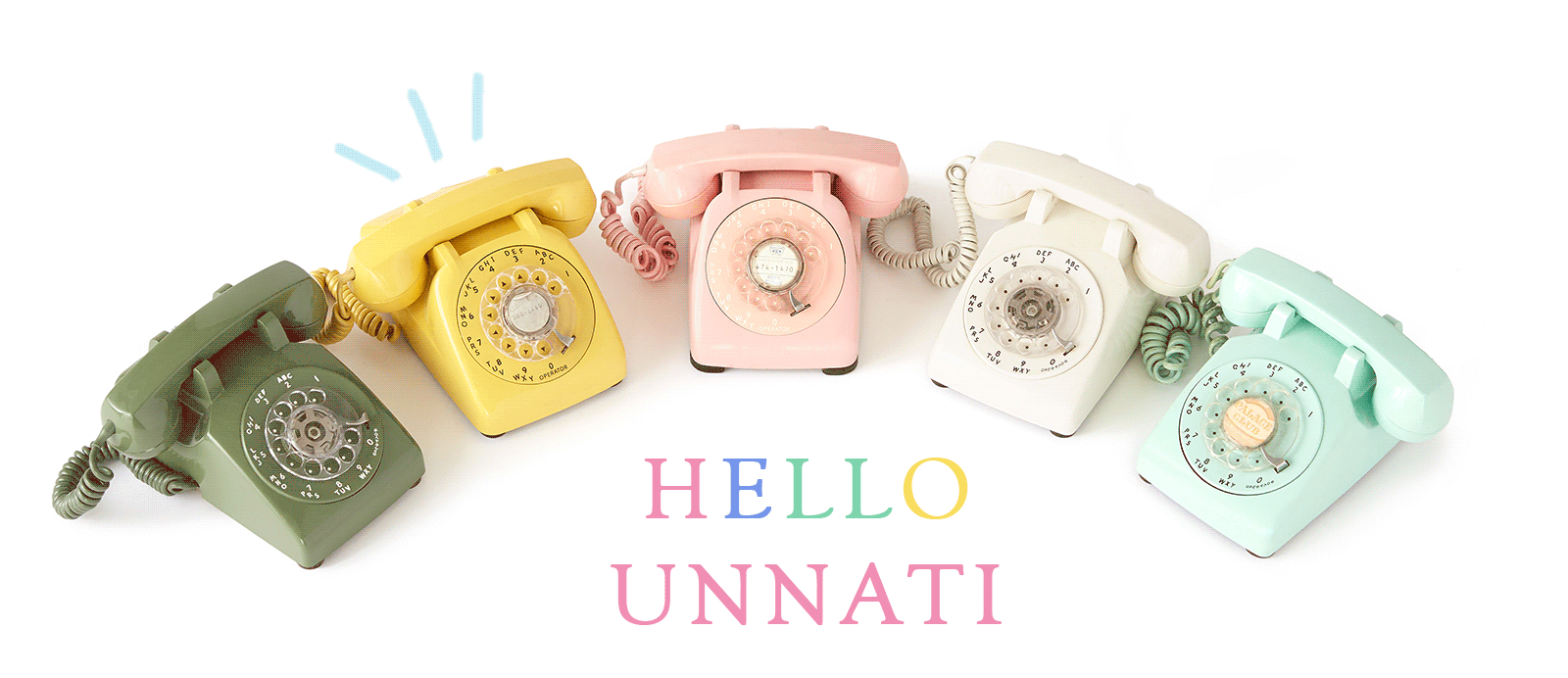Bagru - Trivia
{{widget type="Magento\Cms\Block\Widget\Block" template="widget/static_block/default.phtml" block_id="973"}}
- Till 50 years back most of the fabrics that were being printed were quite coarse and thick cottons, usually hand woven. The printer often women or older men were sitting on the floor usually outside the house and printing during the day time, when they became free from their house hold work.
- They printed on very small low tables called the “Paatiya”. The blocks used were quite small in size. Once a small portion of the fabric was printed the printer very carefully moved the fabric forward. Due to the thickness of the fabric it was easier to restart printing without any difficulty, exactly where one had stopped.
- If a bigger block would have been used, instead of a tiny block, then the printing would have been done in less than half the time. But the fabric would still be wet with the colour, and thus when it was moved the wet colours would have left spots. Thus it was necessary to use small blocks on the small tables.
- In the finer fabrics used today, it is impossible to move the fabric during printing. Thus one must use bigger tables where there is no need to move the fabric during the printing process. In present times, the fabric is fixed with oil pins, on to the table and the printer moves with a trolley having colours and other tools.
- In some villages in Kutch when printers print with wax using blocks, they still print on the Paatiya. The wax is very hot when it is printed. The printer keeps dipping his block in the hot boiling wax, close to him, and keeps printing.
- They often use bigger blocks in this case, as the main product being printed is bedspreads which have a big central medallion. Thus the portion of fabric on the table gets printed quite quickly, but at the same time it dries very quickly as well.
- What is interesting here is that the table is covered with sand before being covered with the fabric to be printed. The sand being cold dries the wax immediately.
- Thus, much technical knowledge is required along with experience, when deciding the kind and size of blocks that can be used in a particular situation. It is not only the low table there is more science to deciding the size of the blocks.
- There are many factors that one needs to consider, like the printing style, the fabric and so on. Among the technical differences what seems interesting is the Thassa.
- Sanganer printers with their history of 450 years of block printing often used these kinds of blocks. The blocks generally were carved out of soft but strong wood called Gurjan, Instead of the block being carved completely, the fine portions were actually created by forcing a piece of metal inside them, which was carved in the shape of the very pattern that needed to be created in the empty space. This formulation of blocks was called “Thassa” (which means pressed). These blocks generally had booti, boota, jaal, pharcha (borders) motifs which were not more than 6”x 6” in size. There were blocks which were 1”x 2” in size too. Sanganer prints were generally for the royalties of Jaipur.11
- The same approach towards blocks can be traced back in Germany, in the famous “Blaudruck” technique. Which is basically blue (indigo) printing using resist, there are still a few printers left across Germany who practise the same technique. Initially blocks were made in the same way as a wood cut would be engraved.
- It was probably around the beginning of the 18th century, that the need for perfection increased considerably. As a result, the blocks were perforated by brass pins and strips driven into them. These strips were shaped as leaves or petals of flowers which were too fine to be cut. Sometimes they were also used to create geometric designs also. Thus a block is not just a carved piece of wood, it can have many additions or subtractions made by the intelligent block makers and printers according to their immediate requirements.
Contact US
We will get back to you shortly!



